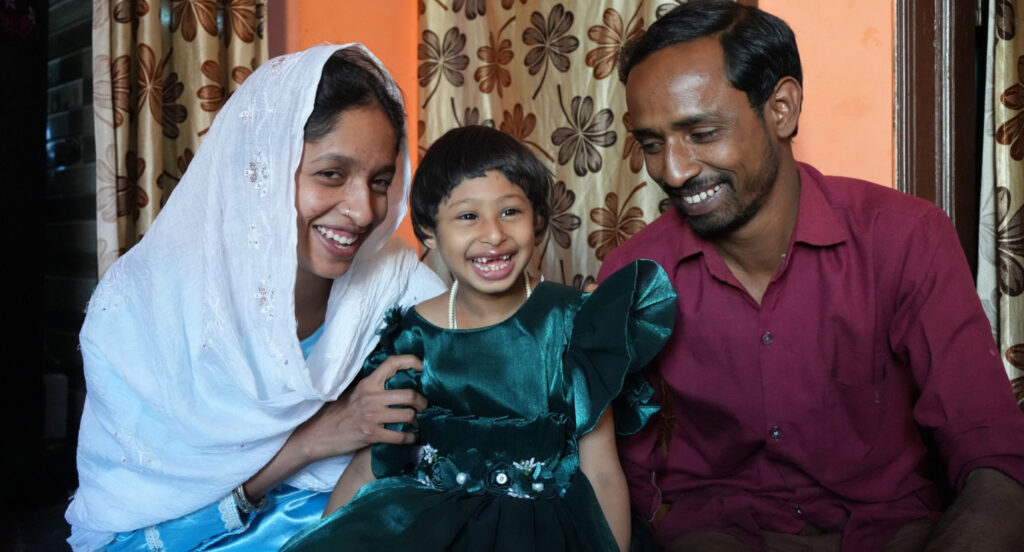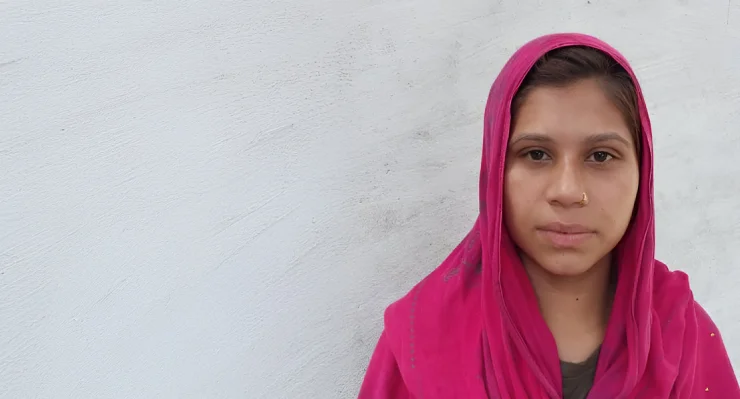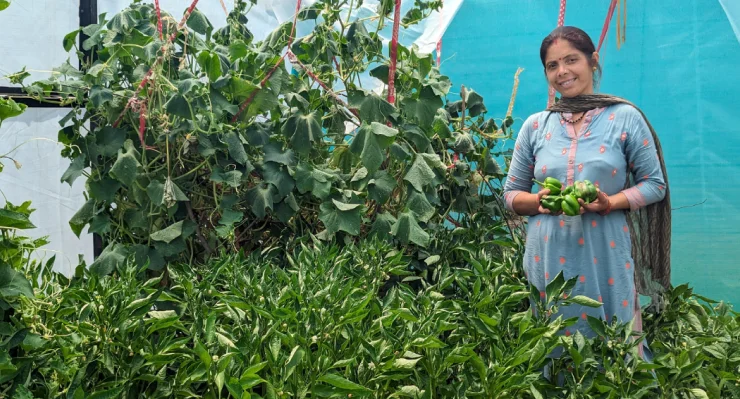Fifty thousand children are born with clubfoot in India, but only eight thousand receive treatment yearly. While it is a congenital leg deformity, clubfoot can be corrected with a simple remedy if detected at birth. However, in many rural pockets of India, parents believe that clubfoot is a curse and prefer to leave matters in the hands of fate. When clubfoot is not treated at the right age, it becomes a permanent disability.
CBM India Trust runs community-based clubfoot rehabilitation programmes with our health partner Clubfoot India (CIIT). To ensure maximum footfalls, our clubfoot clinics operate on the premises of government hospitals or private medical colleges. In Bengaluru, India, the clubfoot clinic operates out of the Unit of Hope, a dedicated unit for children with disabilities at St. John’s Medical College, Bengaluru.
Children from socially disadvantaged communities are identified early and rehabilitated at clubfoot clinics, which operate closely with the National Health Mission, Rashtriya Bal Swasthya Karyakram (RBSK), and the state governments. Our community workers conduct regular screenings in catchment areas along with frequent awareness programmes, mobilisation, and referrals. In Urban Bengaluru, bustees and Anganwadi centres are typical venues that help mobilise children and their parents for training and screenings. In Urban Bengaluru, those diagnosed with clubfoot are referred to the Counsellor at Unit of Hope in St. John’s Hospital.
During a non-surgical Ponseti procedure, a child with clubfoot gets a series of casts in about three weeks to manipulate the feet. After this, an uncomplicated outpatient procedure is done to ease the Achilles tendon in the feet to make it less stiff and more elastic before the braces come on. The Steenbeek Foot Abduction braces are worn for three months for 23 hours daily to hold the tendon in place and prevent relapse. A simple, non-invasive treatment such as this is ideal for low-resource settings. This medical innovation allows a leading congenital disability such as clubfoot to be effectively and economically treated worldwide.
The ideal time to begin treatment is within the first week after birth, when the tendons and ligaments are at their most elastic. However, children as young as six have been treated successfully using the Ponseti Method.
A significant challenge in implementing the clubfoot programme is the lack of public awareness about clubfoot. But more importantly, there is no understanding among communities that what they might think as a curse need not be a permanent condition. Therefore, awareness about these clinics’ simple yet effective rehabilitation is essential. Using a well-developed training manual, the counsellor helps parents identify clubfoot and spread awareness in their communities. They are also informed about long-term practices, braces, and follow-up after brace implants for clubfoot. The hope is that parents can convince more parents to bring children to clubfoot clinics and children get timely intervention. Further, the programme trains counsellors, ASHA and Anganwadi workers, and other community volunteers to identify clubfoot and refer children to community-based clubfoot clinics.
Our trained grassroots facilitators now understand clubfoot, the difference between clubfoot and polio, and other essential aspects of clubfoot rehabilitation. With their help, we have reached out to one lakh people in the past year. Annually nearly 60 children receive clubfoot rehabilitation services at our clinics in Bengaluru.



